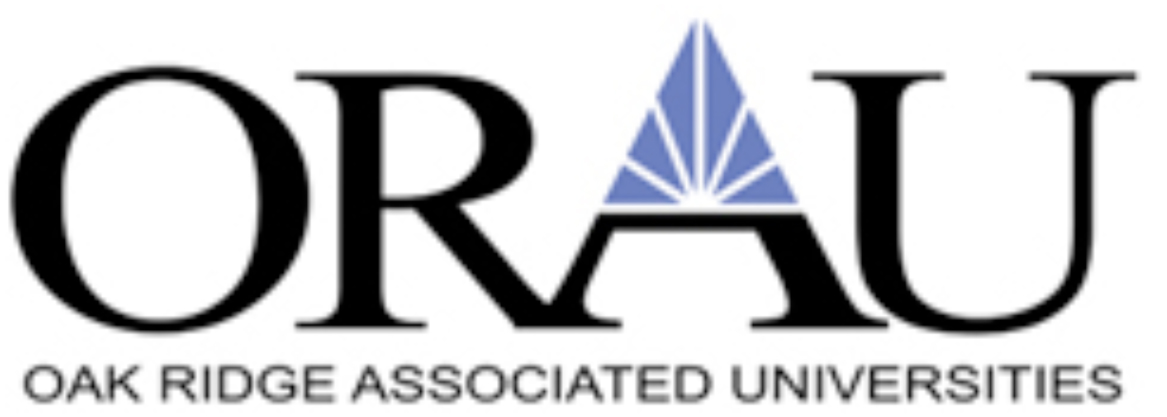Tennessee University-Business Showcase: The Landscape of Investment for Middle Tennessee
Our first Tennessee University-Business Showcase on the Landscape of Investment in Middle Tennessee was a robust success.
Thank you to our guests, facilitator and presenter, John Lanahan, Director of Capital Formation, LaunchTN, as well as our panel of experts: Landon Gibbs, Clayton Associates; Shawn Glinter, Pendant Biosciences; and Amr El-Husseini, Lodestone Advisory Group.
Programs, such as ours, have proven successful around the country in fostering new, profitable and innovative business ventures and increasing investment in local innovation.

Current investments fall into three large categories—
- 27% software
- 25% healthcare services
- 16% health technologies
Some key findings and ideas reported at the Showcase include—
- The pool of capital funds under management in Middle Tennessee increased 141% from $149M in 2012 to $360M in 2016.
- Tennessee ranks 19th in the nation in capital funds with approximately $1.1B VC funds under management; comparable with North Carolina at $1.2B; Georgia with $1.1B; Ohio with $1.5B; but well behind Texas with $3.3B; Illinois with $4.7B; New York with $45.6B, and California with $181.4B.
- The number of investments decreased 17% during the same period when capital availability increased 141%, indicating greater selectivity and larger investments.
- Major urban areas around the world are developing intentional, large scale investments to create innovation hubs that align local investments, research, and business leadership to create a local innovation economic cluster accelerator.
- There is some geographic bias toward investment in Middle Tennessee, especially by some local investors, but it is not yet a strategy.
- The investment landscape of Middle Tennessee is collaborative, but is not yet an organized supply chain of finance and services designed to advance a local innovation economy; there are gaps in available funding, especially in the angel investment space (stealthy wealthy syndrome, hobby investors, and inexperience hinder this space).
- Strategic organization of supporting organizations and service sector assets into an “innovation system” is needed locally, in addition to creating a strong capital investment pool and strong research capacity. Tech transfer offices may be well-organized, but without the right external systems, they cannot gain traction in the local economy.
- It is important for academic institutions with active research programs to help researchers understand the differences between “publication worthy” translational research, or research with impact, and translational research that also includes a solid, viable business idea that can attract investment.
Our next University-Business Showcase is scheduled for Sunday, June 4 in our offices at oneC1TY. Student finalists from Tennessee universities will pitch ideas for investment for a panel of judges who will make investment decisions announced at the Showcase, which is also the opening event for the 36/86 Conference.
.002.jpeg)
.001.jpeg)

With special sponsorship support from
